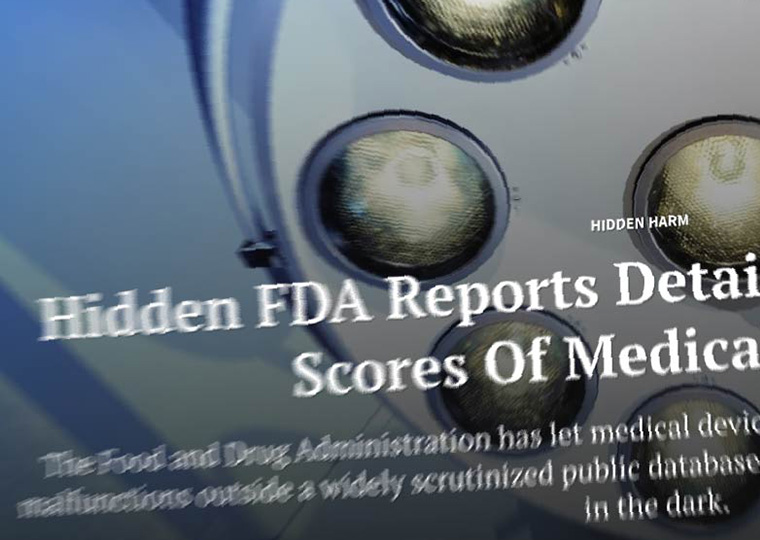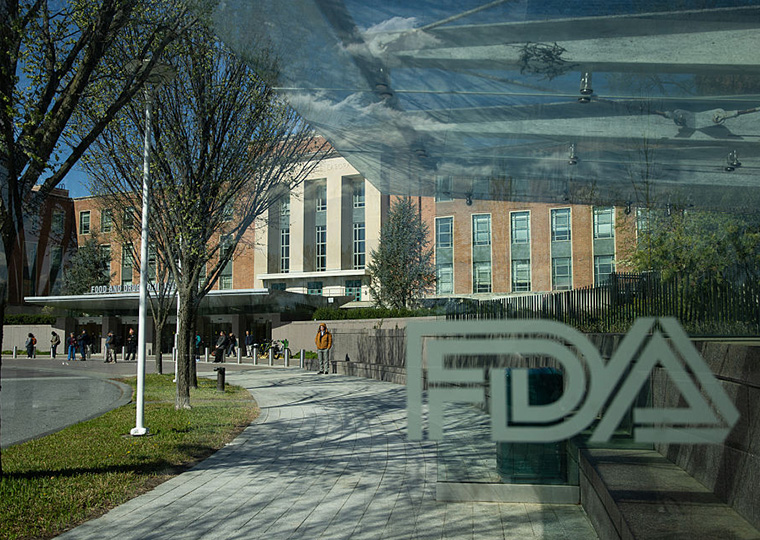An upfront fee for taking Medicaid patients could shorten stays
In 2020, Medicaid paid for more than half of the $400 billion spent on nursing home care and long-term care provided at home for older Americans. That outlay is only going to increase in the coming decades. By 2040 the age 65-plus cohort is projected to reach 81 million, more than twice its size in 1980. Today’s ranks of 85-plus is projected to double by 2035 on its way to tripling in size by 2060.
Given the already massive scale of outlays for long-term care, steering usage of these services to the most cost-effective option deserves consideration. And that boils down to finding ways to nudge more use of at-home services — when appropriate — as Medicaid’s cost for providing care outside of a nursing home is less than the reimbursement rate it pays for care in nursing homes.
Analyzing data from more than 500,000 nursing home stays in four states, UCLA’s Martin Hackmann, Mathematica’s R. Vincent Pohl, and Cornell’s Nicolas R. Ziebarth explore the potential to encourage shorter stays.
Opt In to the Review Monthly Email Update.
They land on two central findings of nursing home stay dynamics:
- Patients whose nursing home costs are covered by Medicaid have no financial motivation to leave, as they don’t have costly copays to stay put.
- Nursing homes can make a profit from Medicaid patients. But when demand from more profitable Medicare/private payers is strong, nursing homes seem to increase the discharge of less-profitable Medicaid patients, suggesting those patients stay beyond pure medical need.
That’s the crux of this working paper: Given that a certain subset of nursing home stays extend beyond the apparent medical need, how might the government incentivize either the provider or the patient to shorten their stay, in turn reducing the cost to the government?
Hackmann, Pohl and Ziebarth model out a few different types of incentives and land on one as the most promising in terms of cost-effectiveness: Pay nursing homes an upfront fee for new Medicaid patients, which effectively reduces the nursing home’s incentive to keep a patient longer than necessary, by making a new Medicaid patient marginally more profitable than one who’s been there a while.
Who-Pays-for-Nursing-Home-Stays 101
Medicare provides some short-term coverage for skilled nursing home care, but the bulk of coverage for nonacute, extended nursing home care is through Medicaid. (As retirees draw down personal assets through a long retirement, most become eligible for Medicaid.)
Medicaid is the payer for about two-thirds of nursing home days, compared with 10% for Medicare. The rest is paid by patients — only a small portion of them have a long-term care insurance policy — or their families. Coverage not provided by Medicaid or Medicare is considered “private payer.”
About half of nursing home stays end with the patient being discharged to “community care.” In the lingua of Medicare, “community care” covers at-home care or any type of non-nursing home care, such as assisted living.
But there are no strict rules/guidelines/best practices for deciding when to discharge a patient.
The researchers step in with an economic analysis focused on how to potentially drive more discharges, which are more cost-effective for the government.
How Nursing Homes Juggle Medicare and Medicaid Patients
Medicare only pays for skilled nursing home care for the first 20 days. There is no Medicare care coverage of nonskilled care. After the first 20 days, there are typically sizable copays until day 100, at which point Medicare no longer covers any cost, and all payments are from a private payer.
The rate nursing homes can charge private payers is more lucrative than the regulated reimbursement rate for Medicaid patients. While Medicare/private patients are thus more profitable for nursing homes, those that accept Medicaid patients can turn a profit on them as well.
The researchers find that when a nursing home doesn’t have enough Medicare/private patients to fill its beds, it will be more receptive to extending less profitable Medicaid patient stays. A smaller profit stream for a longtime patient is better than an empty bed. (Similar profit calculations can result in the selective admission of patients and also contribute to Medicaid patients’ difficulty in being admitted to the nursing home of their choice, given varying reimbursement rates, and is the subject of this research.)
But then there’s the flip side: The authors provide empirical evidence from those more than 500,000 nursing home cases that, when a nursing home has more demand from Medicare/private payer patients, it is more likely to discharge the less profitable Medicaid patient. Cold? Yes. But that’s the system we have: Most nursing homes are privately owned, and an increasing chunk are controlled by private equity firms, which by definition, are hyperfocused on profits.
The researchers examine nursing homes’ discharge of Medicaid patients when there’s more demand from Medicare/private payers as a way to explore how to incentivize more Medicaid discharges. They focus on nursing home patients who enter as private payers and then transition to Medicaid when their spend-down of personal assets qualifies them for coverage.
(Their analysis is on the economic payoff of shifting more care out of nursing homes. It is beyond the scope of their research to incorporate whether these discharges, while medically appropriate, impose hardship on patients and their caregivers. For example, an adult child with a parent on Medicaid living in a nursing home is likely less time-constrained with care needs than if that parent is living at home.)
Analyzing claims data from California, New Jersey, Ohio and Pennsylvania from 2000-2005, they find that until occupancy rates hit 90%, the discharge rate for Medicaid patients is 30% lower than for Medicare/private payer patients. (Given limited coverage and high daily copays, private patients have a financial incentive not to prolong a stay.) But once occupancy rates rise above 90%, the gap narrows to just 12%, as the nursing home seems to then be motivated to fill the beds with patients paying more.
With that evidence that discharges are indeed more possible, the researchers model out how financial incentives might drive more discharges.
Can Incentives Shorten Stays?
They find that nudging the Medicaid patient isn’t worthwhile. The researchers create a scenario in which the Medicaid patient pays the same rate as the private patient. But given that the Medicaid patient has extremely limited income, it would need to be paired with a sizable government voucher to cover that higher cost. The model assumes a lump sum payout that covers 100% of care for 24.2 weeks, at which point no coverage would serve as an incentive for the patient to seek discharge. They find that this would indeed shorten the length of Medicaid stays by 20% (six weeks), but those vouchers would end up increasing Medicaid costs by 5.5%.
Paying nursing homes a bonus for discharges doesn’t move the needle enough. Stays are reduced by less than one week, though the added cost to Medicaid is minimal.
More promising is focusing on an incentive for providers. In the current reimbursement model, nursing homes collect a per-diem fee for each Medicaid patient — the same fee for day 100 as for day 1. The researchers find that shifting 10% of Medicaid reimbursements into an upfront fee for a new Medicaid patient reduces the length of Medicaid stays by 17% and spending falls by 8.4%.
That’s a potentially sizable savings and suggests that targeting provider incentives is more cost-effective than increasing patient cost-sharing in shortening the length of Medicaid stays, without exposing patients to substantial financial risk.
The authors note, however, that their analysis doesn’t directly assess the effects of earlier discharges on patient well-being and health outcomes. That said, only a small fraction of discharged patients are readmitted to a nursing home within 30 days after discharge, suggesting that most of the discharged patients can live in a (typically preferred) community care setting.
Featured Faculty
-
Martin Hackmann
Associate Professor of Economics
About the Research
Hackmann, M., Pohl, R.V., Ziebarth, N.R. (2023). Patient Versus Provider Incentives in Long-Term Care.






